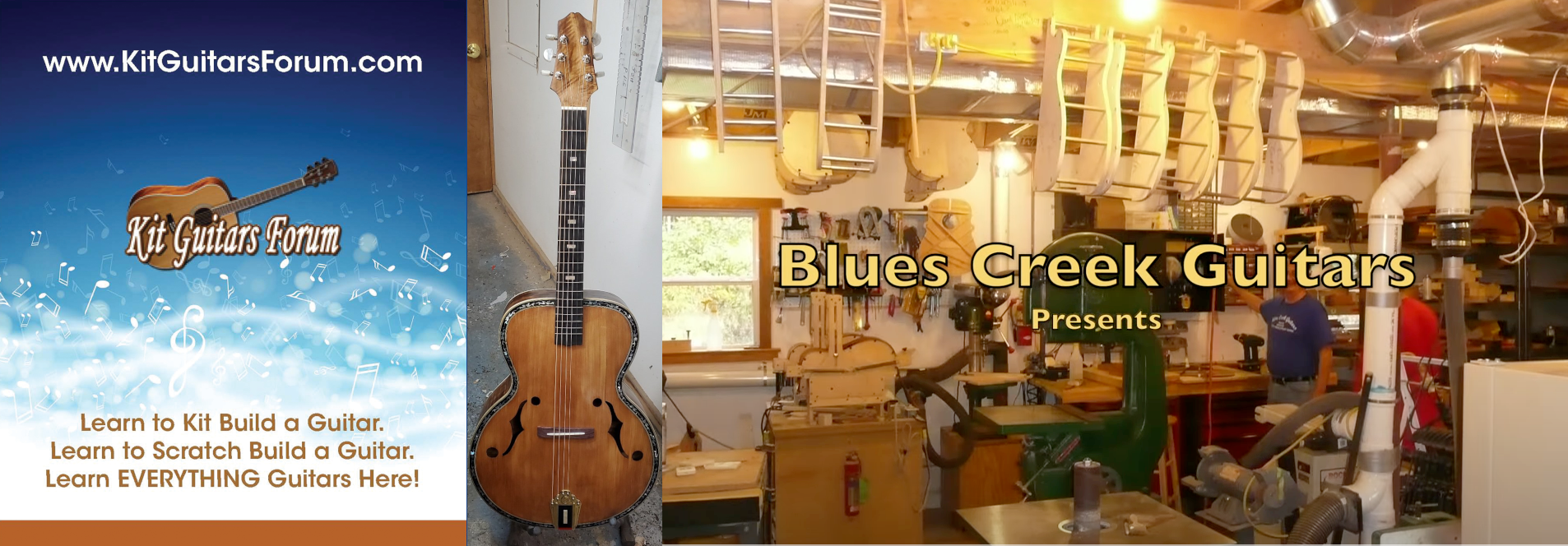All,
On another thread John H. mentioned a match test for top responsiveness. Hold a match 8” above the sound hole and tap at the bridge location. Match should extinguish. I presume the idea would be to build the box with the top intentionally too thick and iteratively sand/test until it passes. This general idea for tuning for overall responsiveness/loudness is intriguing to me.
The test might be improved by controlling carefully for tap force, height, and using a potentially more reliable sound/air flow measurement (for example: http://www.amazon.com/USB-Digital-Sound ... B005JX2EZ2). Tap force could be controlled by just dropping a padded weight from a constant height.
Of course this test would not address tone, but it would give the builder confidence in the capacity of the box to create sound volume.
What do you all think?
Cheers,
Tim
match test for top responsiveness
-
Tim R
- Posts: 104
- Joined: Fri Jul 08, 2011 4:15 am
-
tippie53
- Posts: 7141
- Joined: Fri Mar 03, 2006 7:09 pm
- Location: Hegins, Pa
- Contact:
Re: match test for top responsiveness
Actually Wayne Henderson taught me that trick. On forward braced tops I keep them about .117 and rear shifted .105 . After 150 guitars I have my process dialed in pretty good for what I want my guitars to sound like. I also use a deflection test so I know that the top will do unbraced and then I know how I need to brace the top for the stiffness I want.
I also do not use tite bond only Hot Hide and fish glue .
I also do not use tite bond only Hot Hide and fish glue .
John Hall
Blues Creek Guitars Inc
Authorized CF Martin Repair Center
president of Association of Stringed Instrument Artisans
http://www.bluescreekguitars.com
Blues Creek Guitars Inc
Authorized CF Martin Repair Center
president of Association of Stringed Instrument Artisans
http://www.bluescreekguitars.com
-
Tim R
- Posts: 104
- Joined: Fri Jul 08, 2011 4:15 am
Re: match test for top responsiveness
John,
Could you elaborate? What constitutes a forward braced top? Is x-bracing forward braced?
Also, can you provide a web source that describes how to do the deflection test? Couldn't one do a deflection test also after bracing and trim the bracing if the deflection is not sufficient?
Thanks,
Tim
Could you elaborate? What constitutes a forward braced top? Is x-bracing forward braced?
Also, can you provide a web source that describes how to do the deflection test? Couldn't one do a deflection test also after bracing and trim the bracing if the deflection is not sufficient?
Thanks,
Tim
tippie53 wrote:Actually Wayne Henderson taught me that trick. On forward braced tops I keep them about .117 and rear shifted .105 . After 150 guitars I have my process dialed in pretty good for what I want my guitars to sound like. I also use a deflection test so I know that the top will do unbraced and then I know how I need to brace the top for the stiffness I want.
I also do not use tite bond only Hot Hide and fish glue .
-
tippie53
- Posts: 7141
- Joined: Fri Mar 03, 2006 7:09 pm
- Location: Hegins, Pa
- Contact:
Re: match test for top responsiveness
A deflection test is a way to get a set of numbers that you can use to quantify the change of something. You measure before and after.
You can do a search for that as it is used as a way to measure the strength of a material. Yes you do it before so you know the tops stiffness and after the braces to adjust the stiffness. Use the same weight before braces and after to see how you locked up the top. Adjust the braces on the top to the given weight and you can use the ratio to see what that will do on the top.
I do not rely on tap testing as human ears just are not as accurate as an oscilloscope.
You can do a search for that as it is used as a way to measure the strength of a material. Yes you do it before so you know the tops stiffness and after the braces to adjust the stiffness. Use the same weight before braces and after to see how you locked up the top. Adjust the braces on the top to the given weight and you can use the ratio to see what that will do on the top.
I do not rely on tap testing as human ears just are not as accurate as an oscilloscope.
John Hall
Blues Creek Guitars Inc
Authorized CF Martin Repair Center
president of Association of Stringed Instrument Artisans
http://www.bluescreekguitars.com
Blues Creek Guitars Inc
Authorized CF Martin Repair Center
president of Association of Stringed Instrument Artisans
http://www.bluescreekguitars.com

